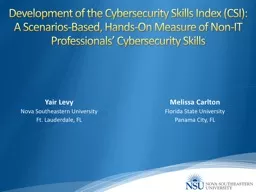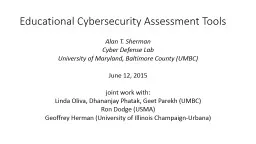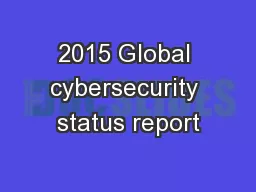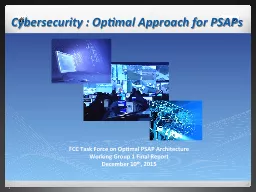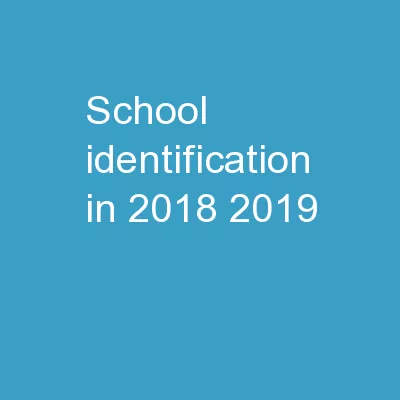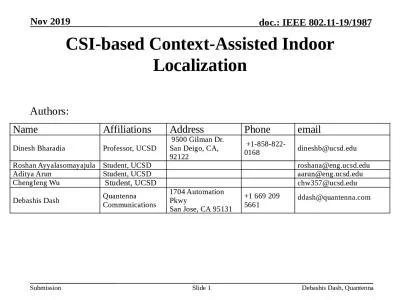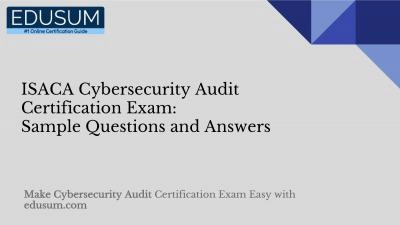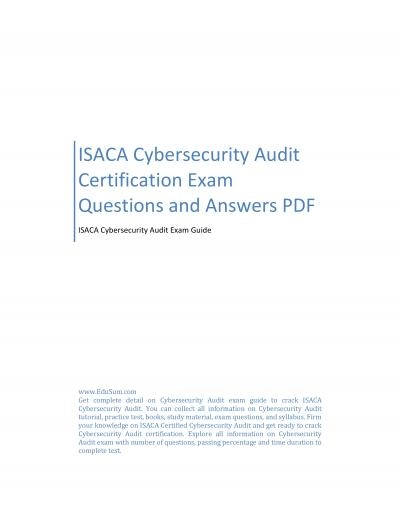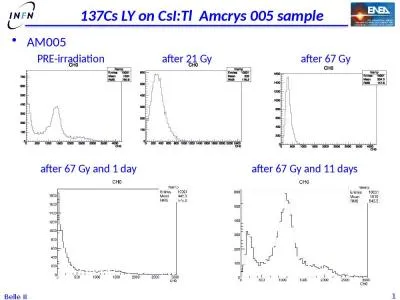PPT-Development of the Cybersecurity Skills Index (CSI): A Scenarios-Based, Hands-On Measure
Author : sandsomber | Published Date : 2020-10-22
Melissa Carlton Florida State University Panama City FL Yair Levy Nova Southeastern University Ft Lauderdale FL Overview Problem Statement Research Main Goal Research
Presentation Embed Code
Download Presentation
Download Presentation The PPT/PDF document "Development of the Cybersecurity Skills ..." is the property of its rightful owner. Permission is granted to download and print the materials on this website for personal, non-commercial use only, and to display it on your personal computer provided you do not modify the materials and that you retain all copyright notices contained in the materials. By downloading content from our website, you accept the terms of this agreement.
Development of the Cybersecurity Skills Index (CSI): A Scenarios-Based, Hands-On Measure: Transcript
Download Rules Of Document
"Development of the Cybersecurity Skills Index (CSI): A Scenarios-Based, Hands-On Measure"The content belongs to its owner. You may download and print it for personal use, without modification, and keep all copyright notices. By downloading, you agree to these terms.
Related Documents

